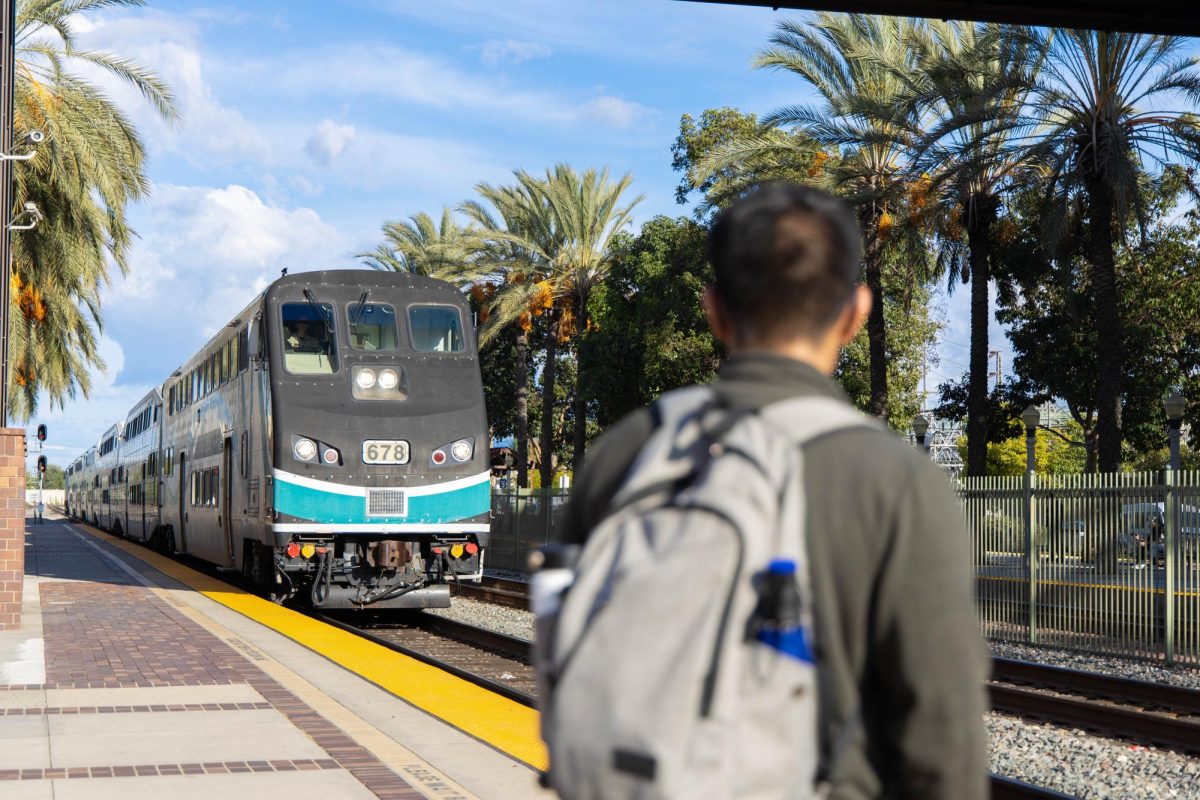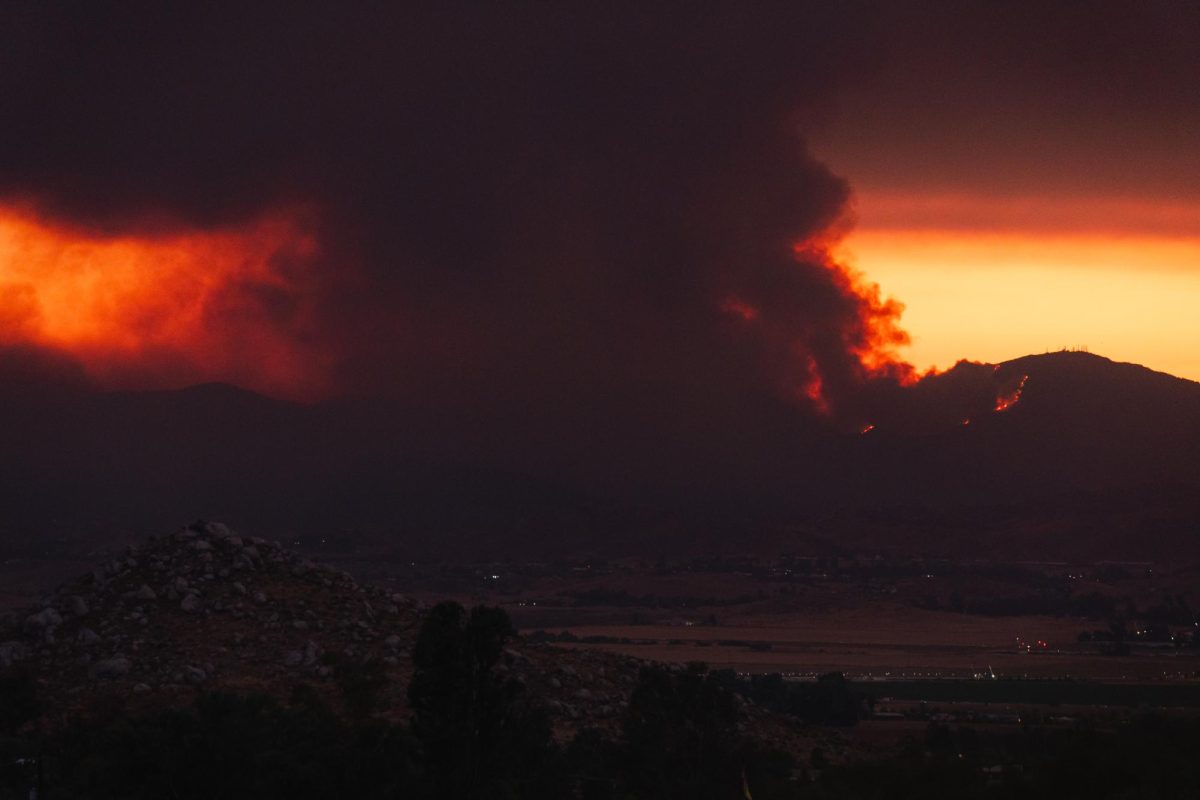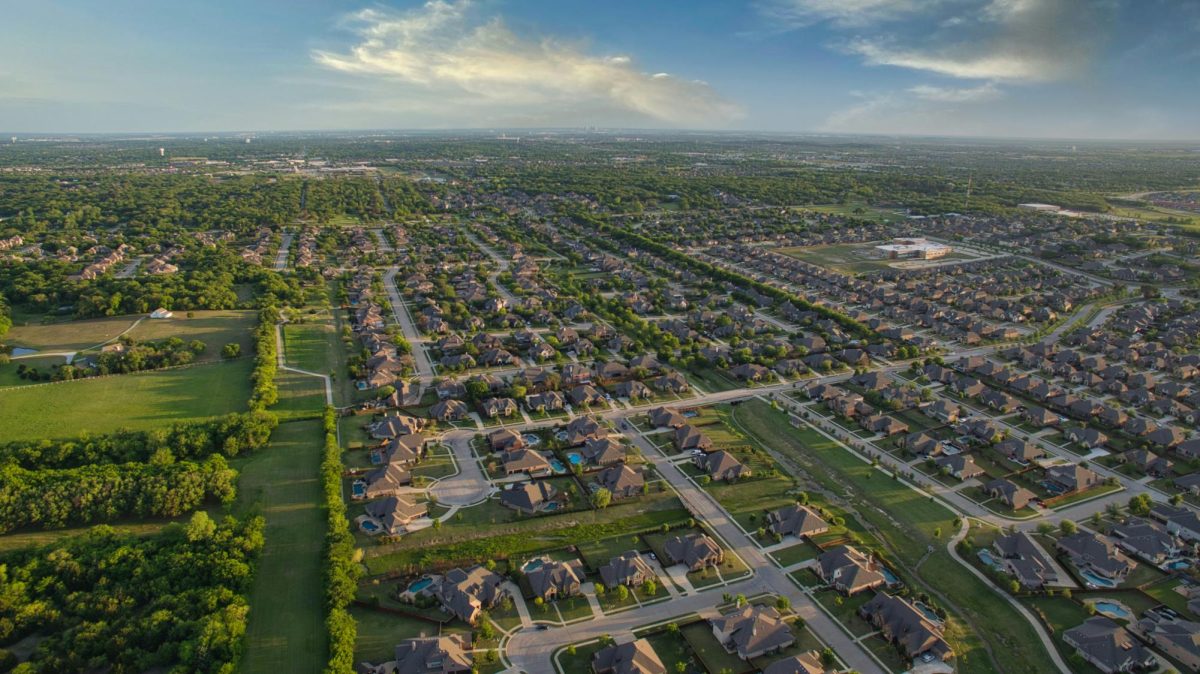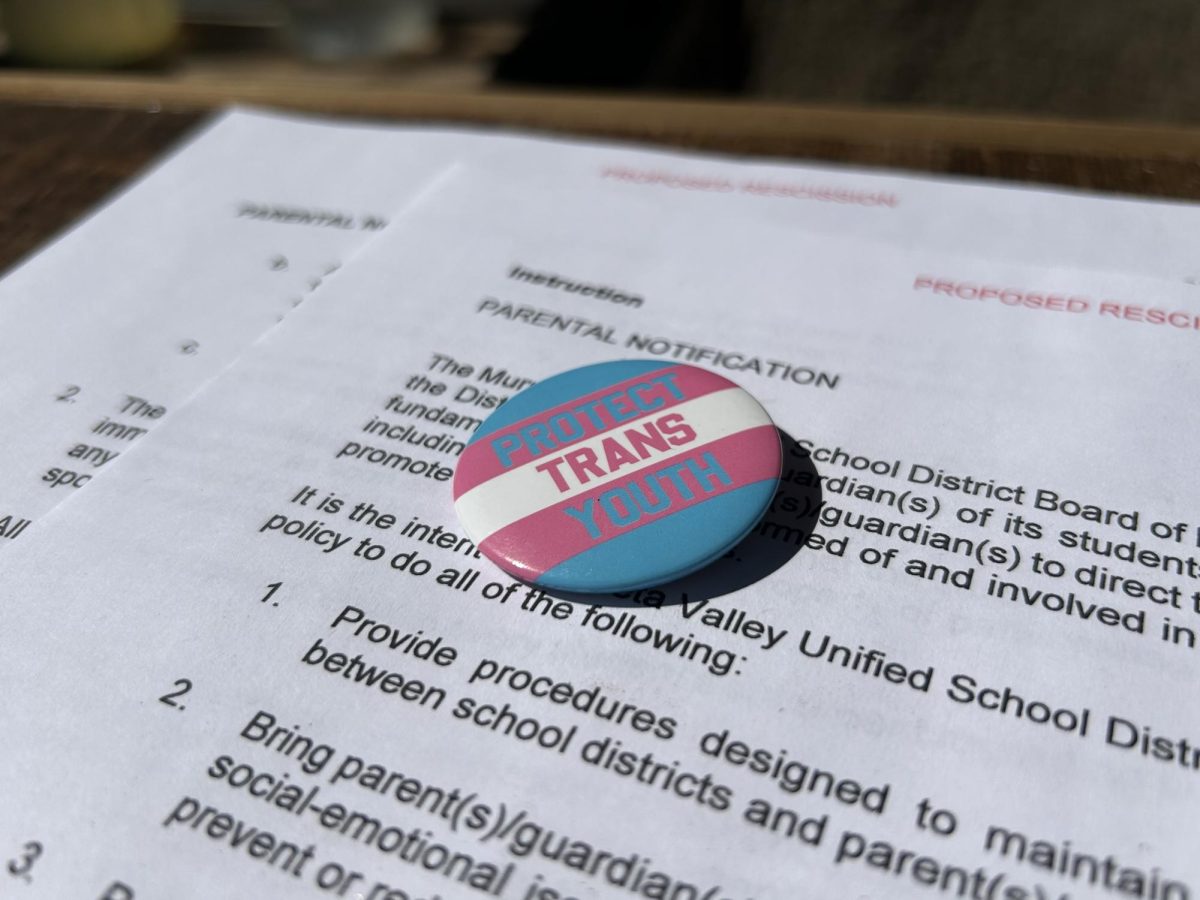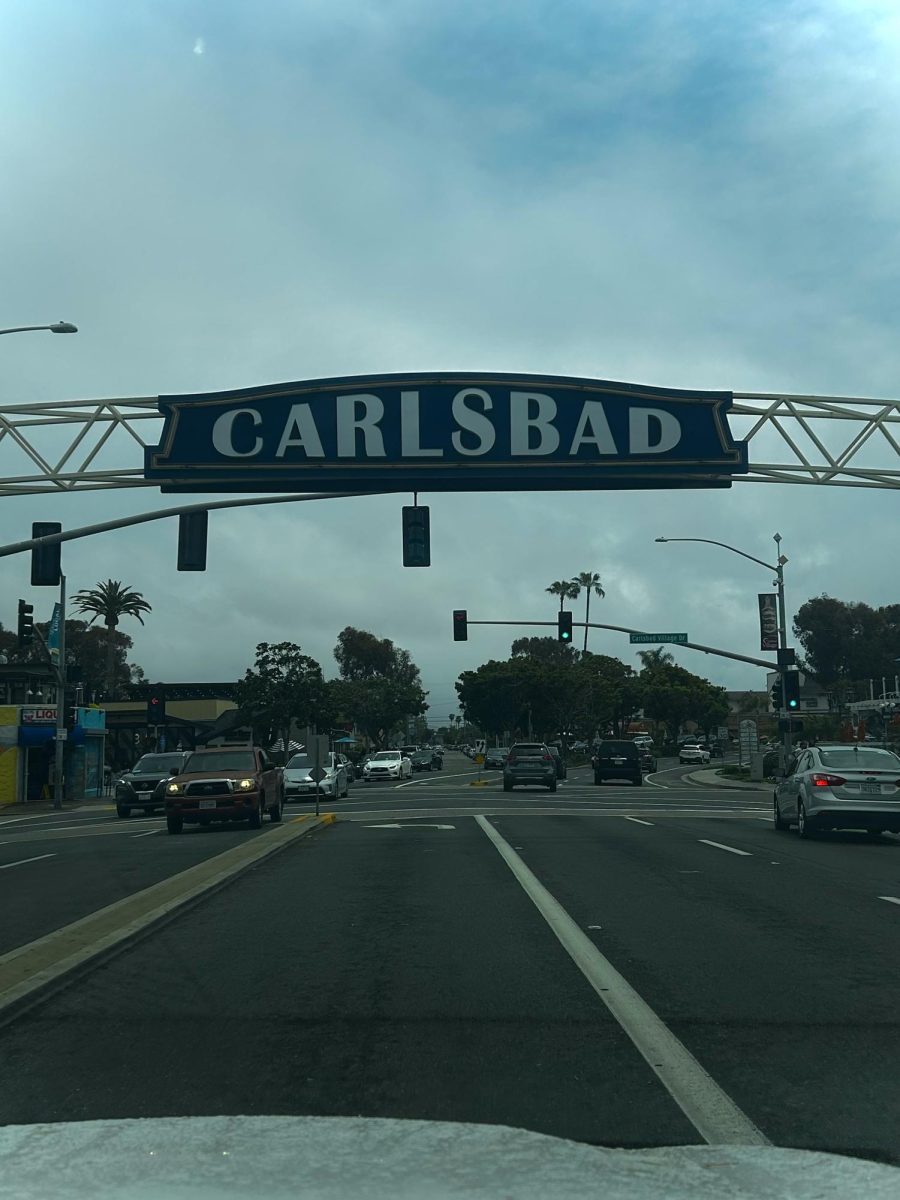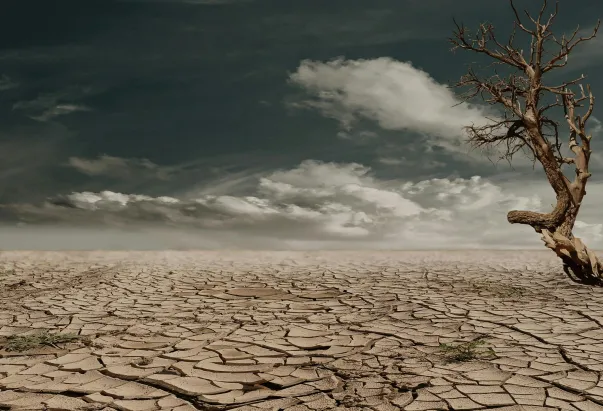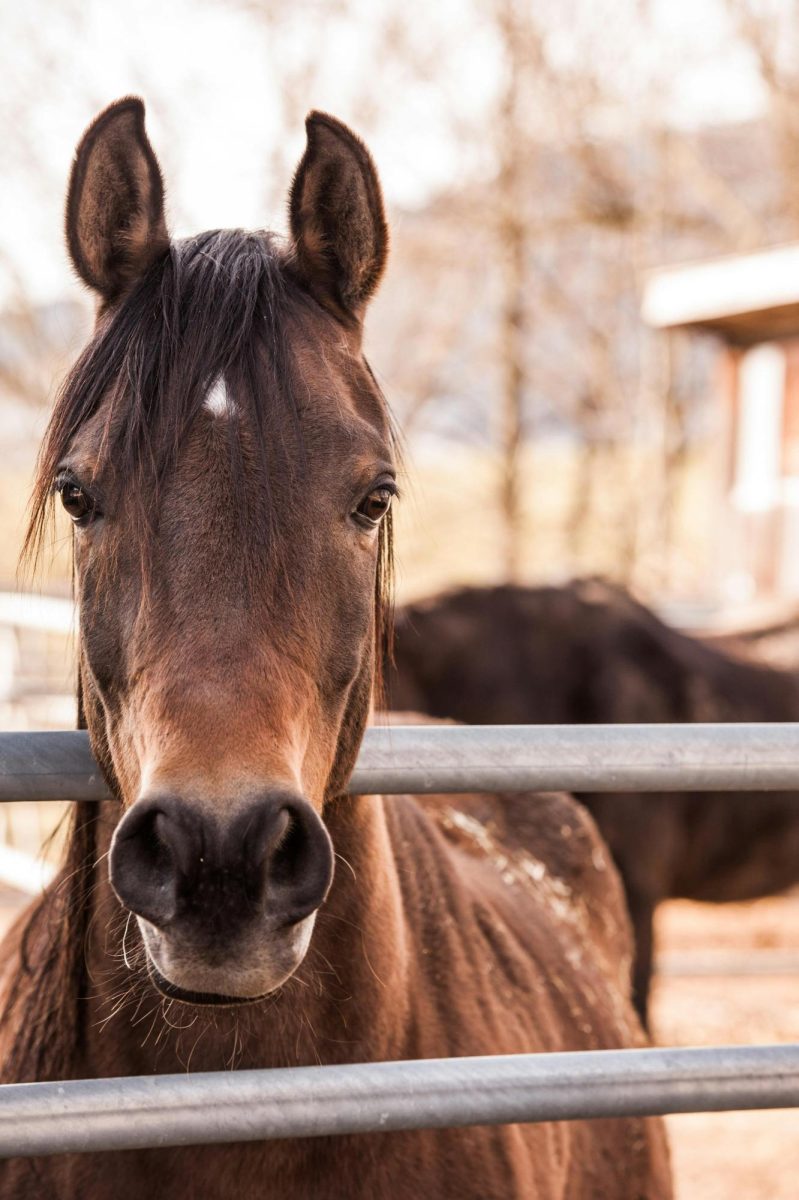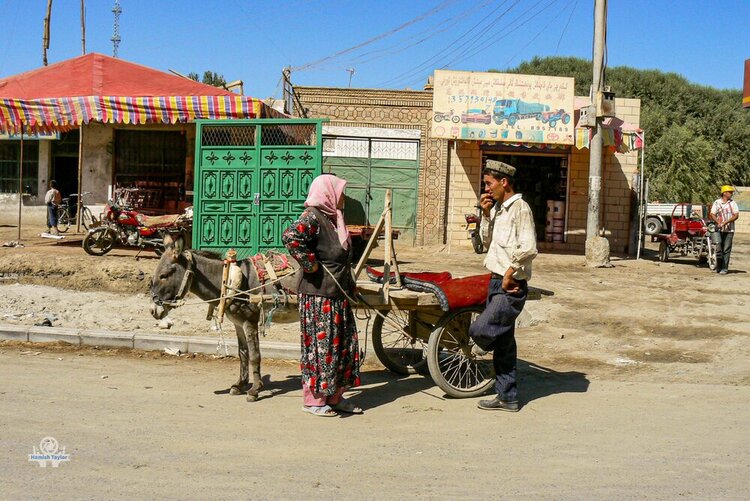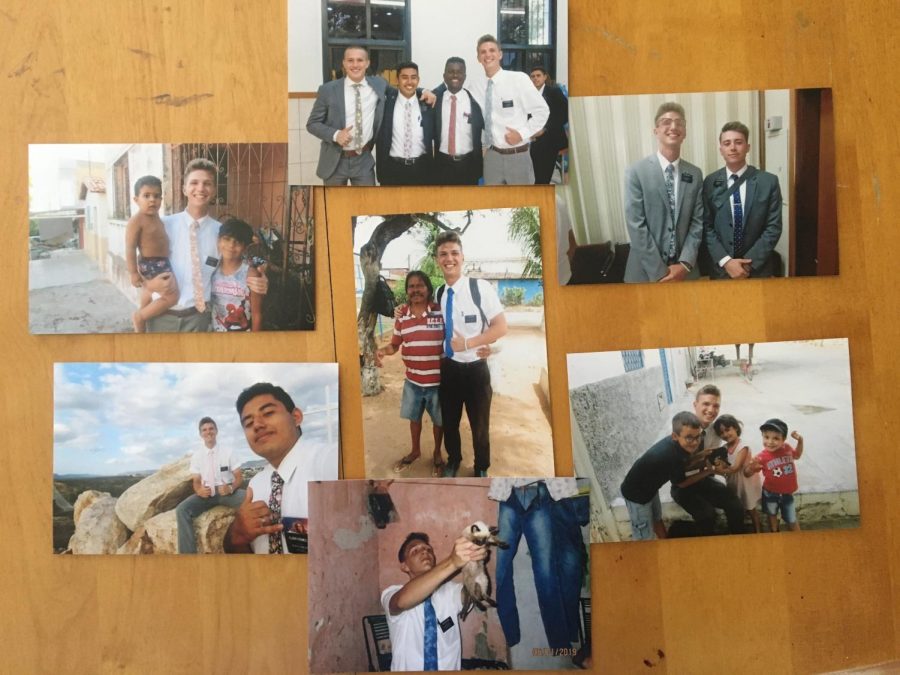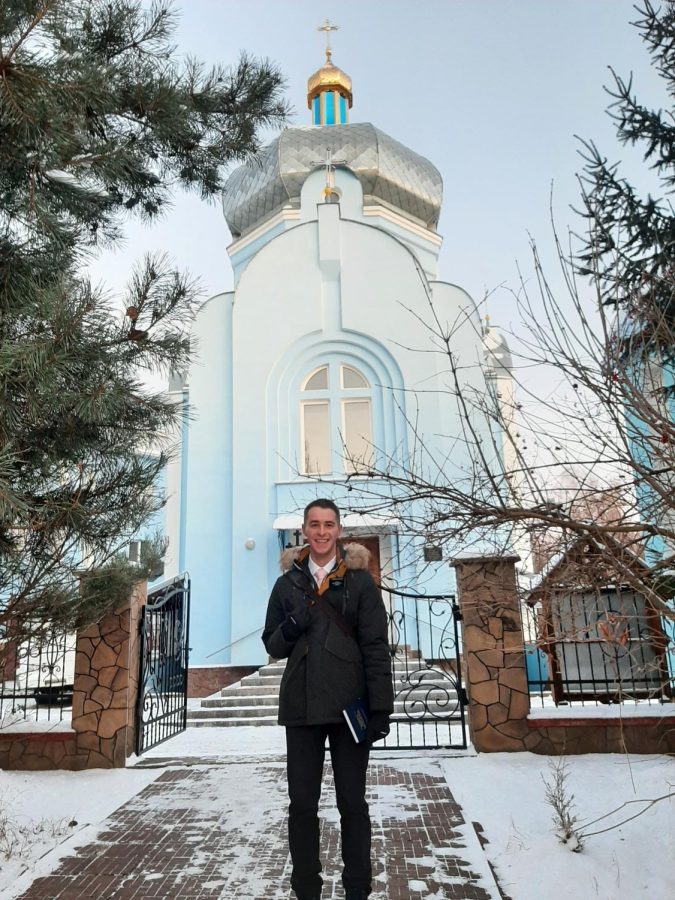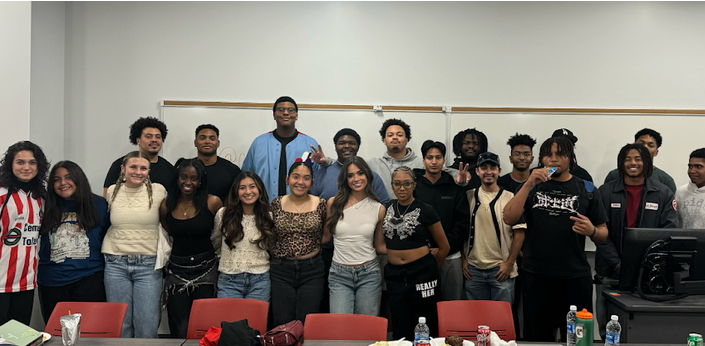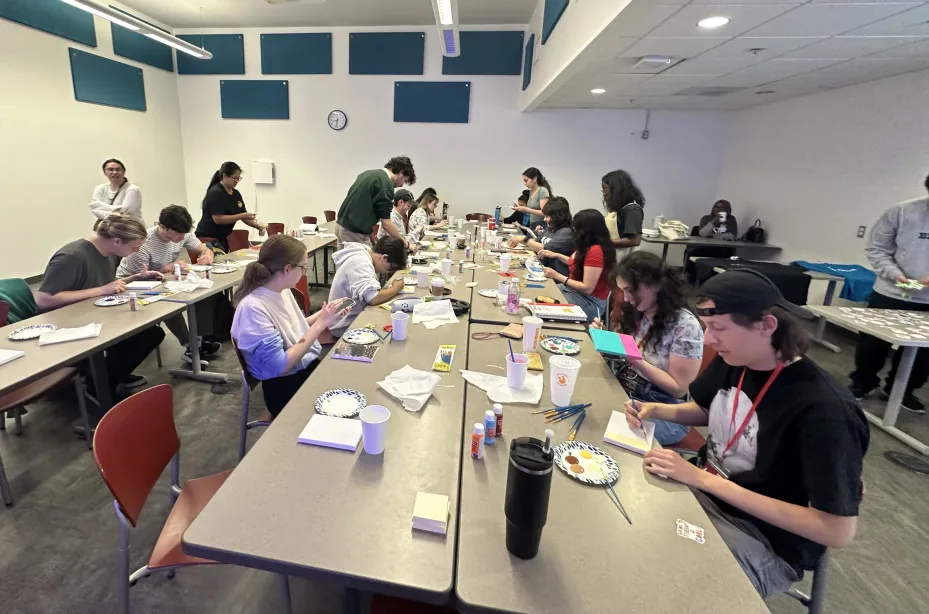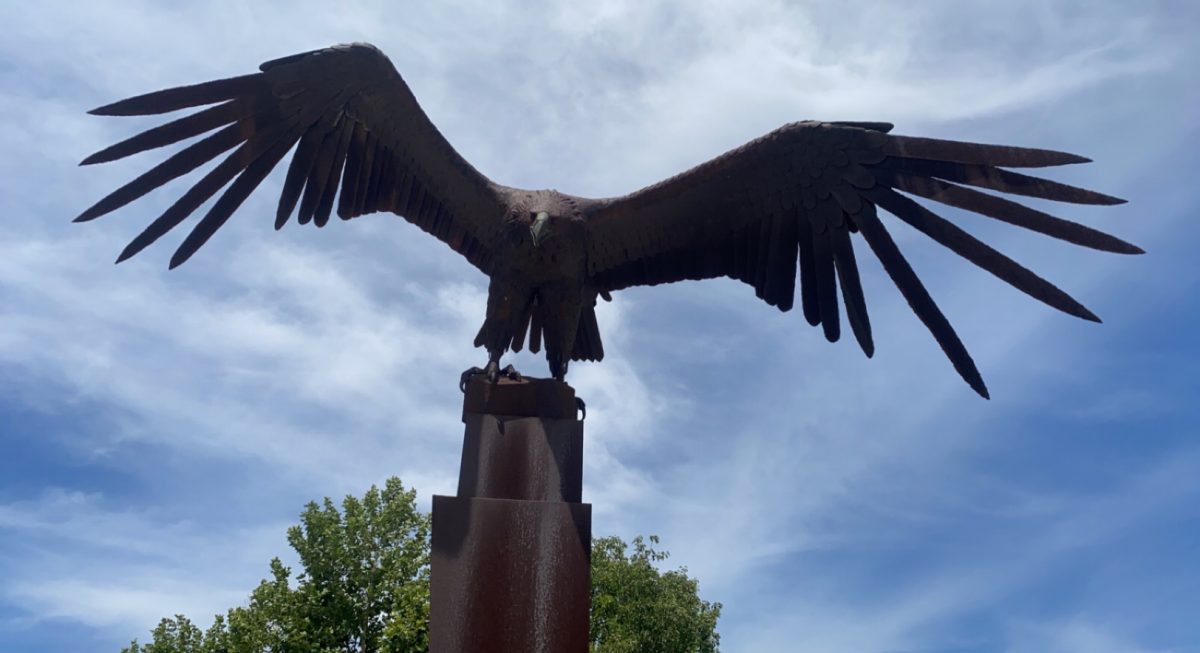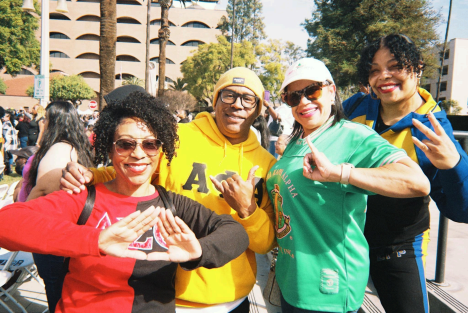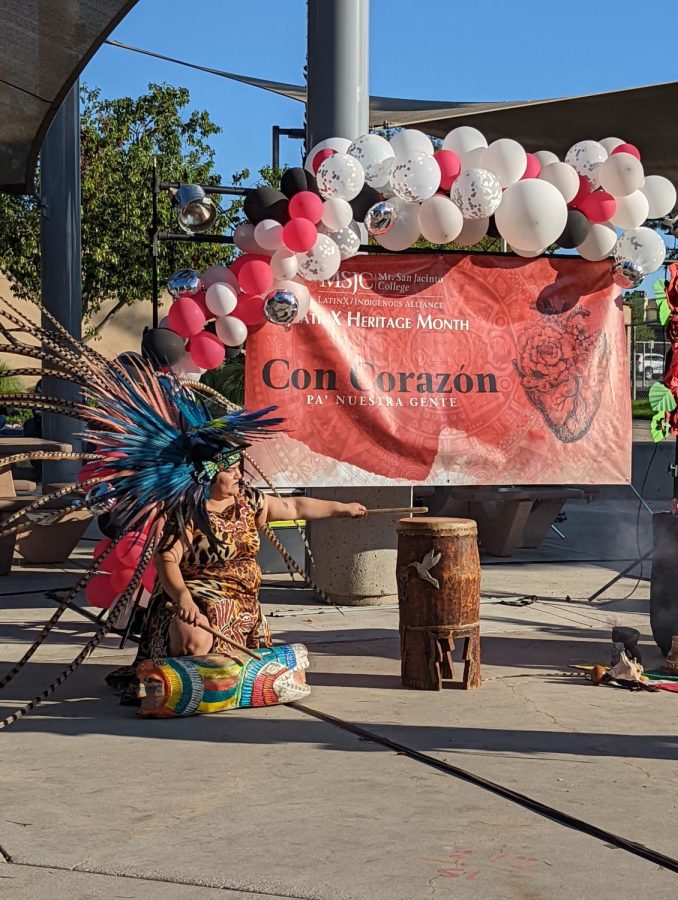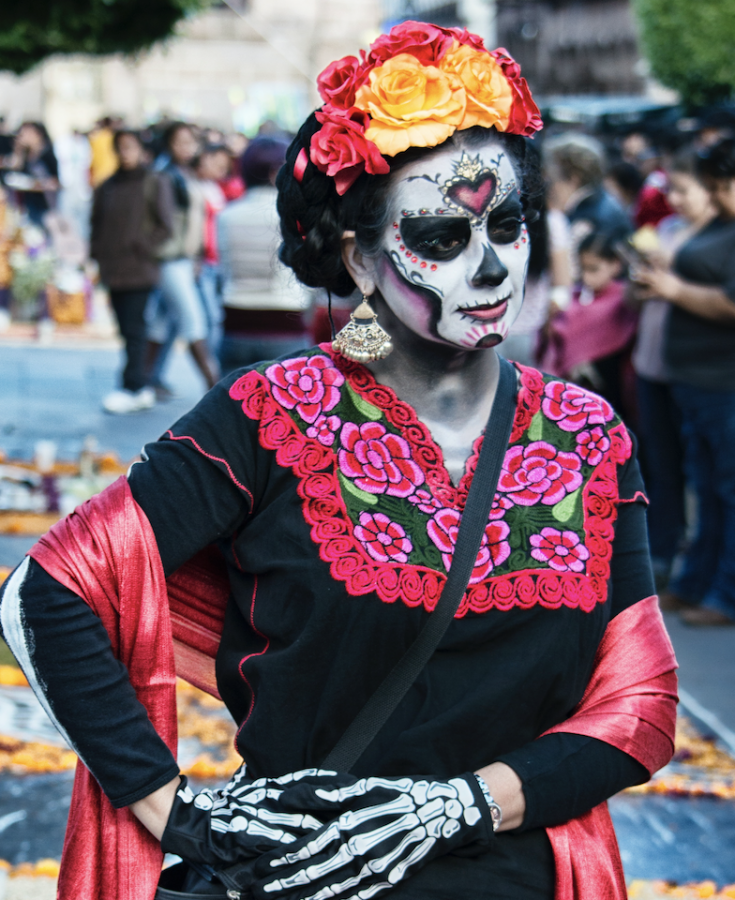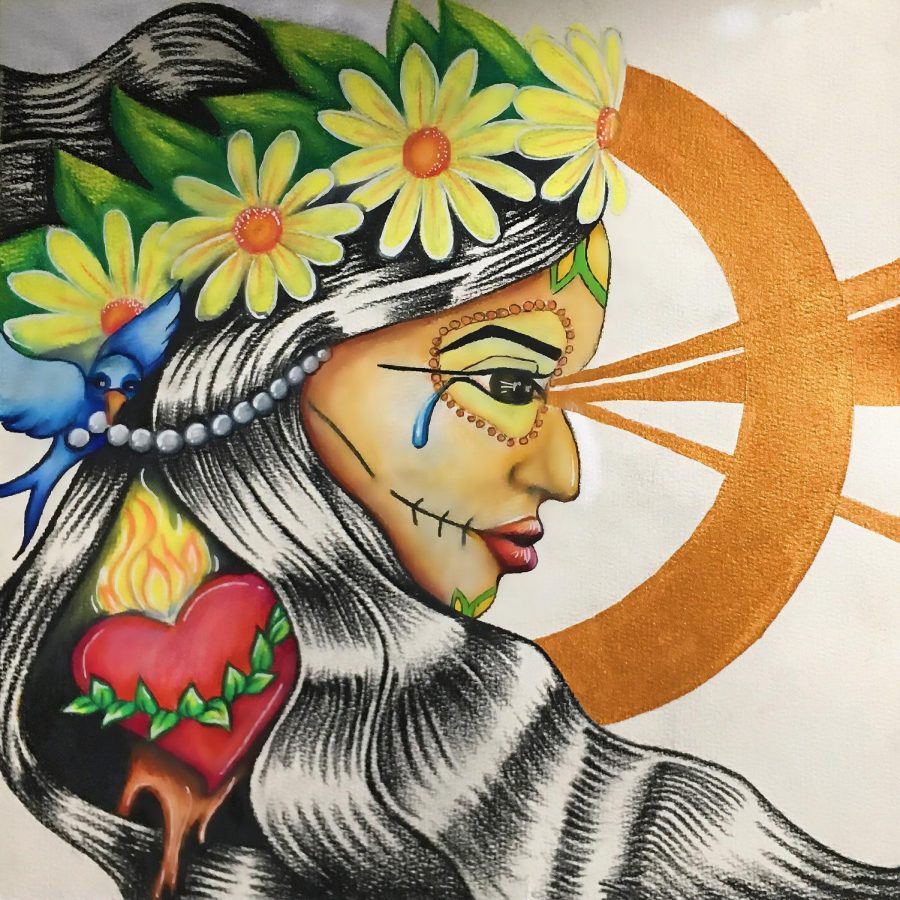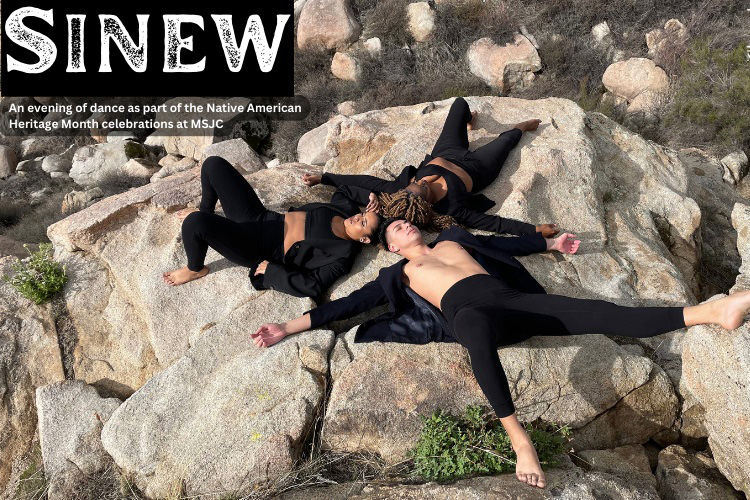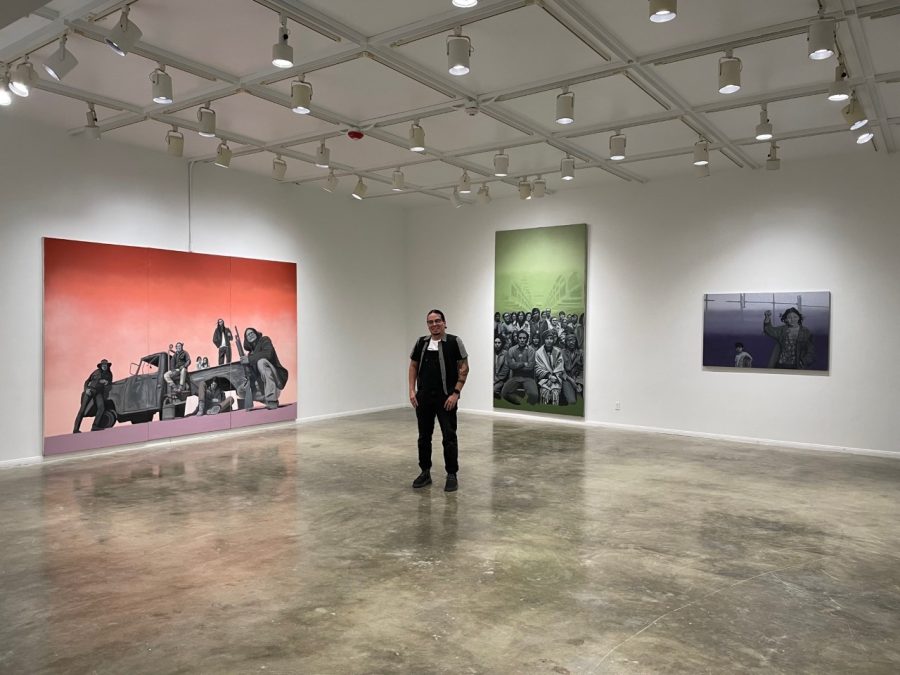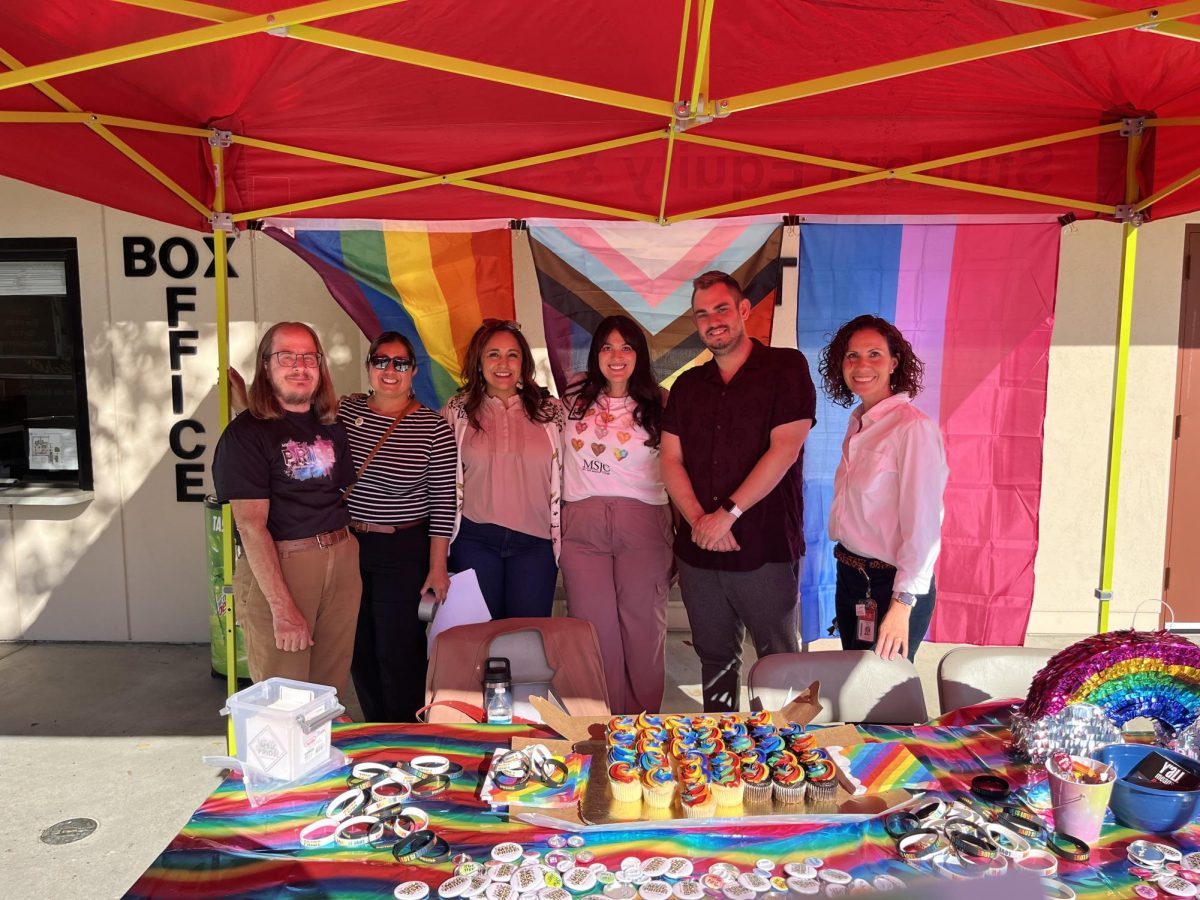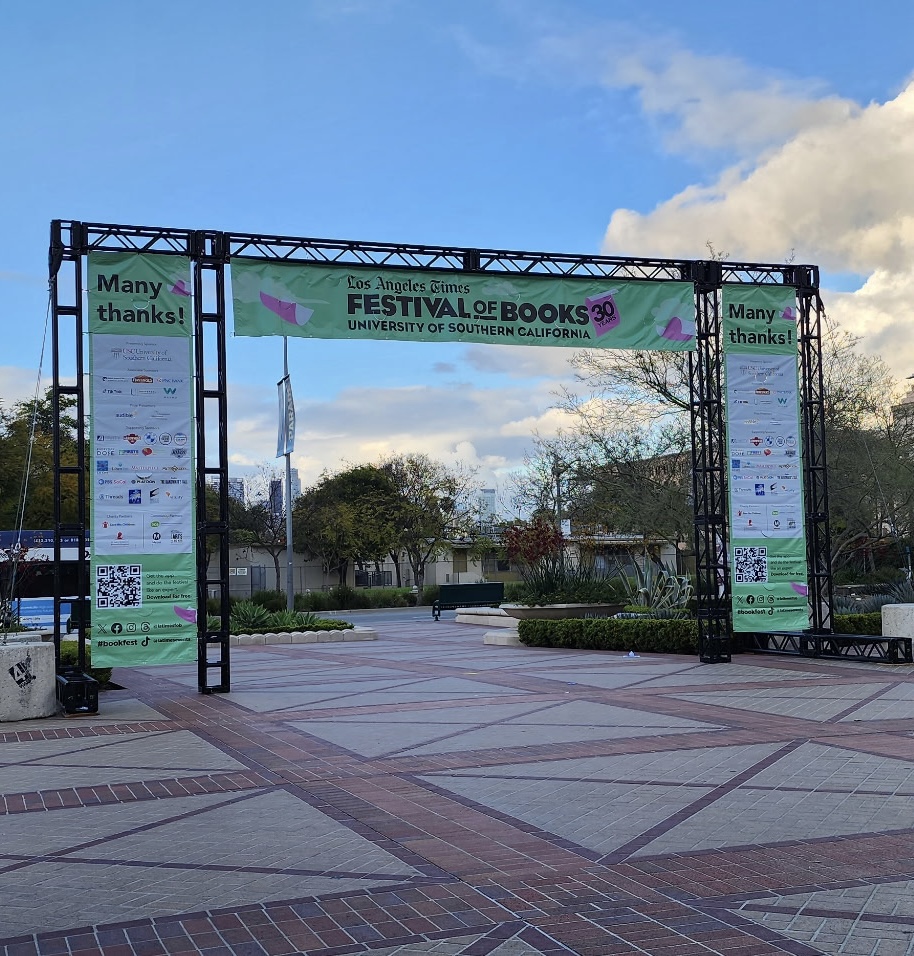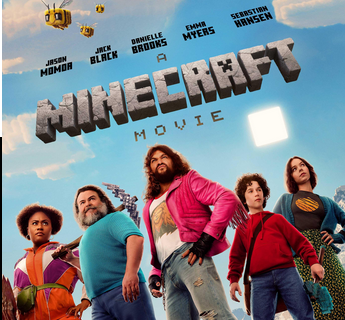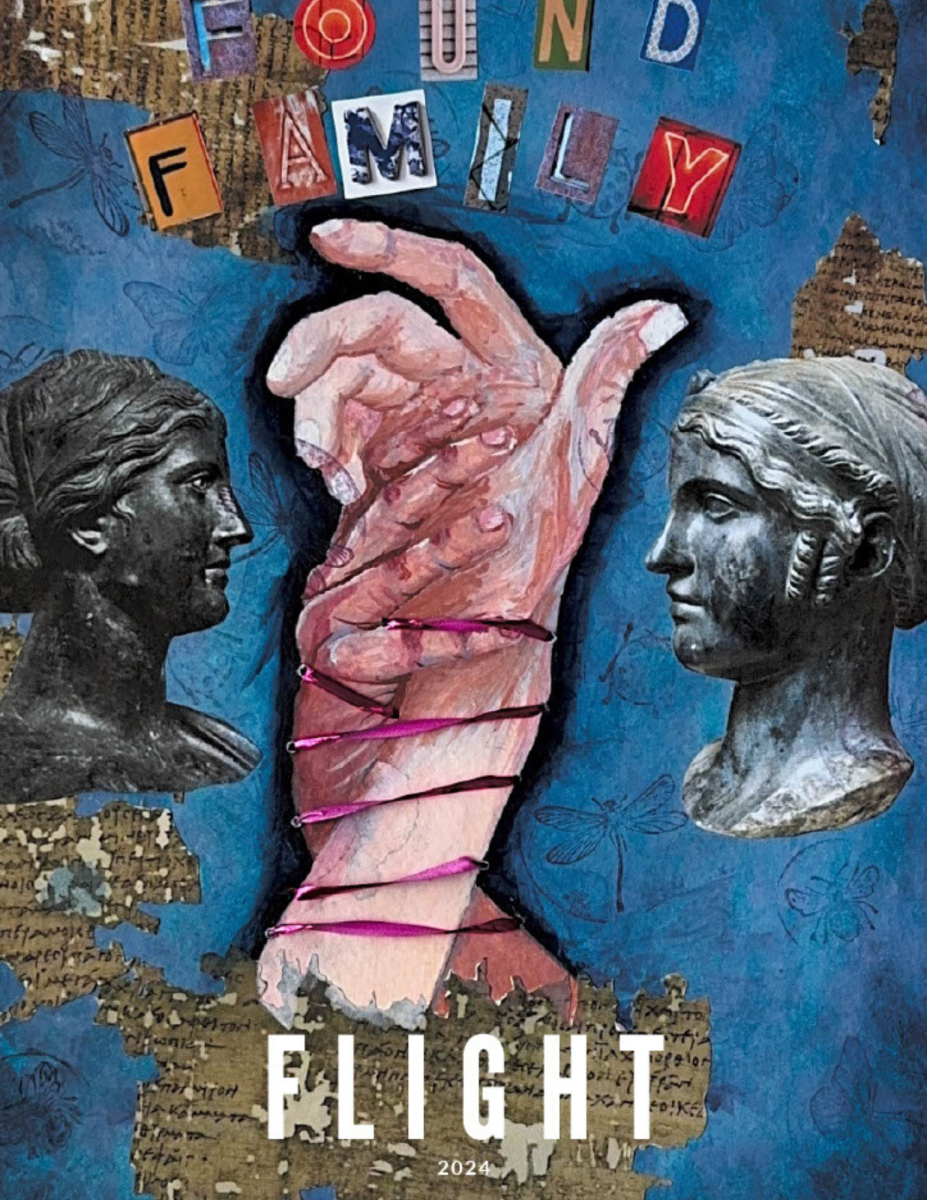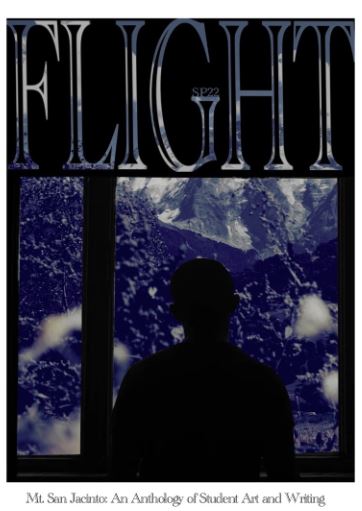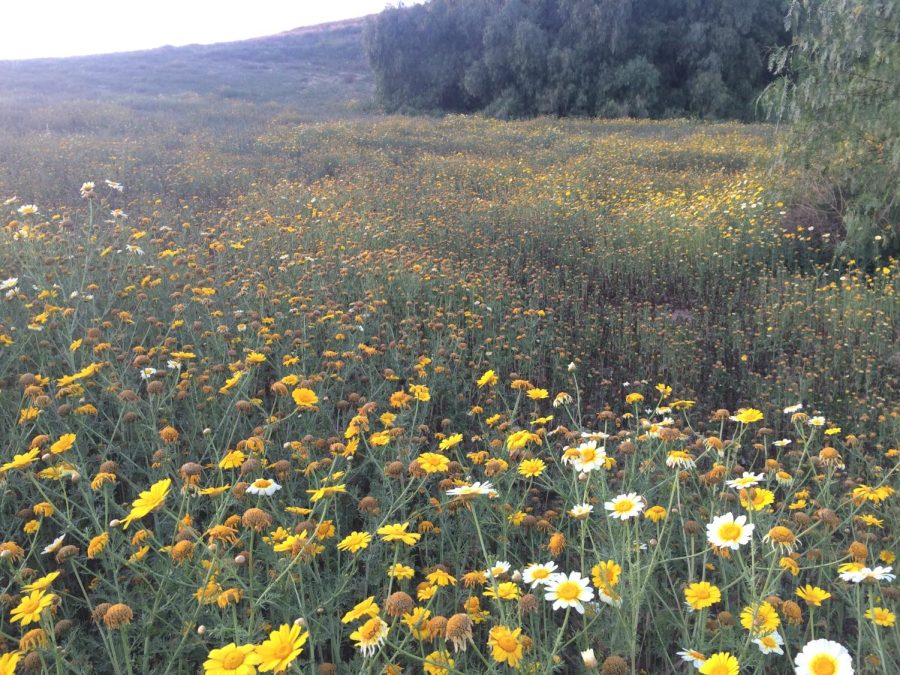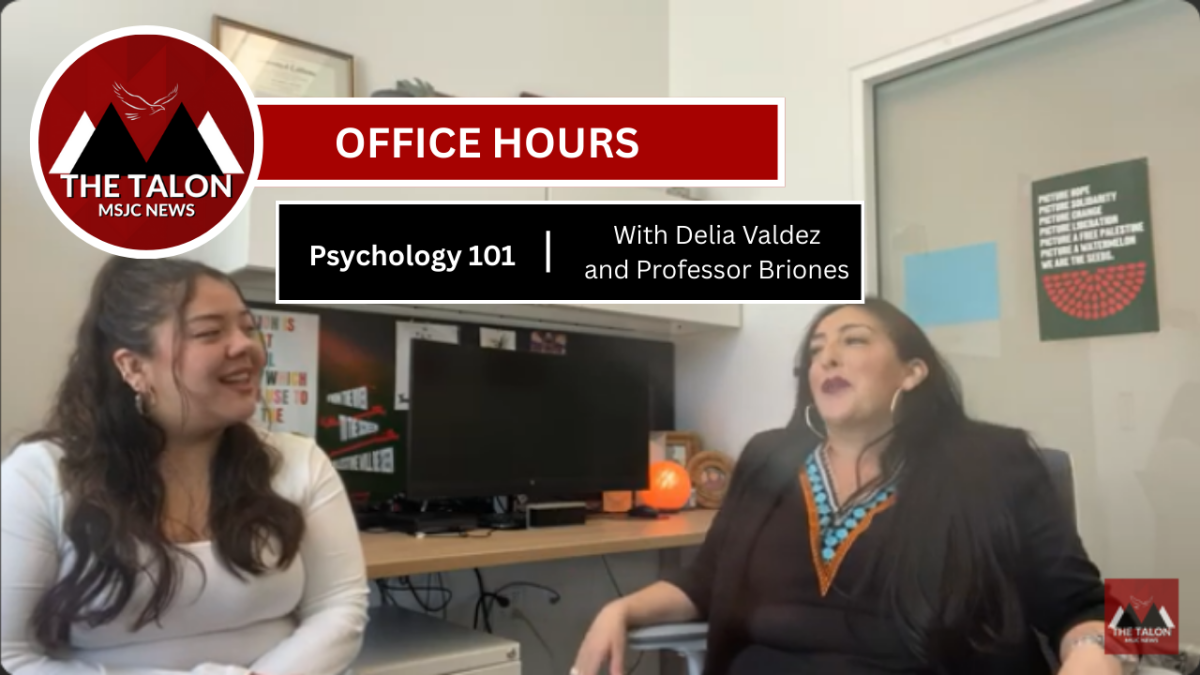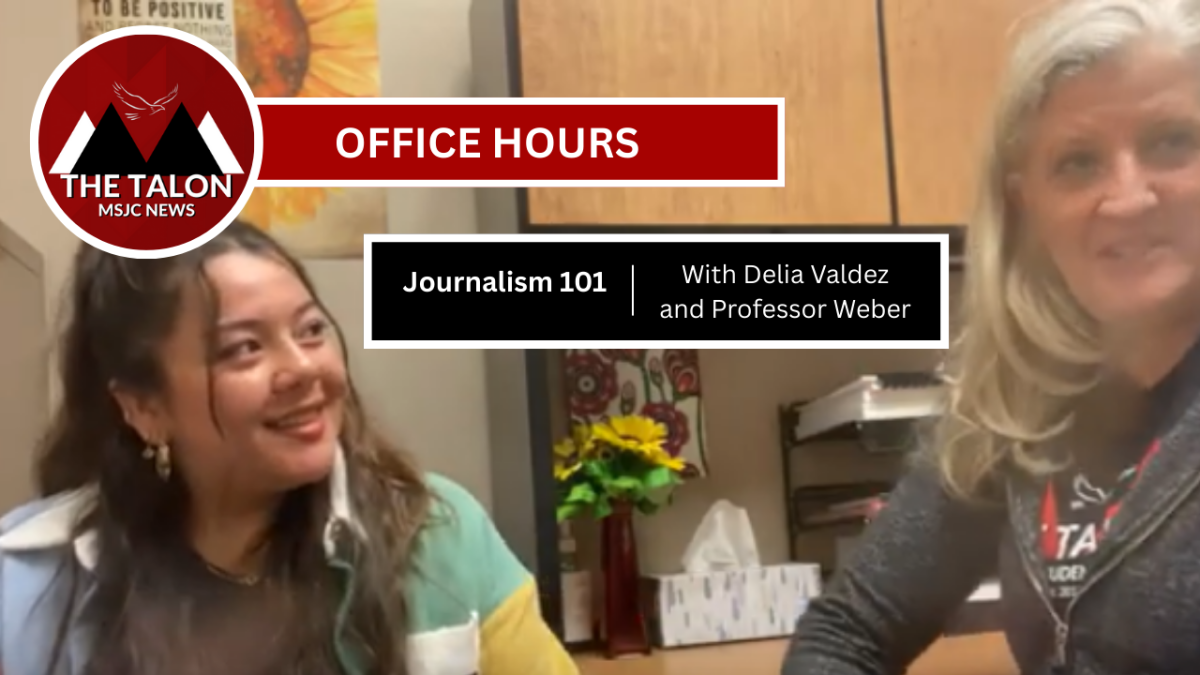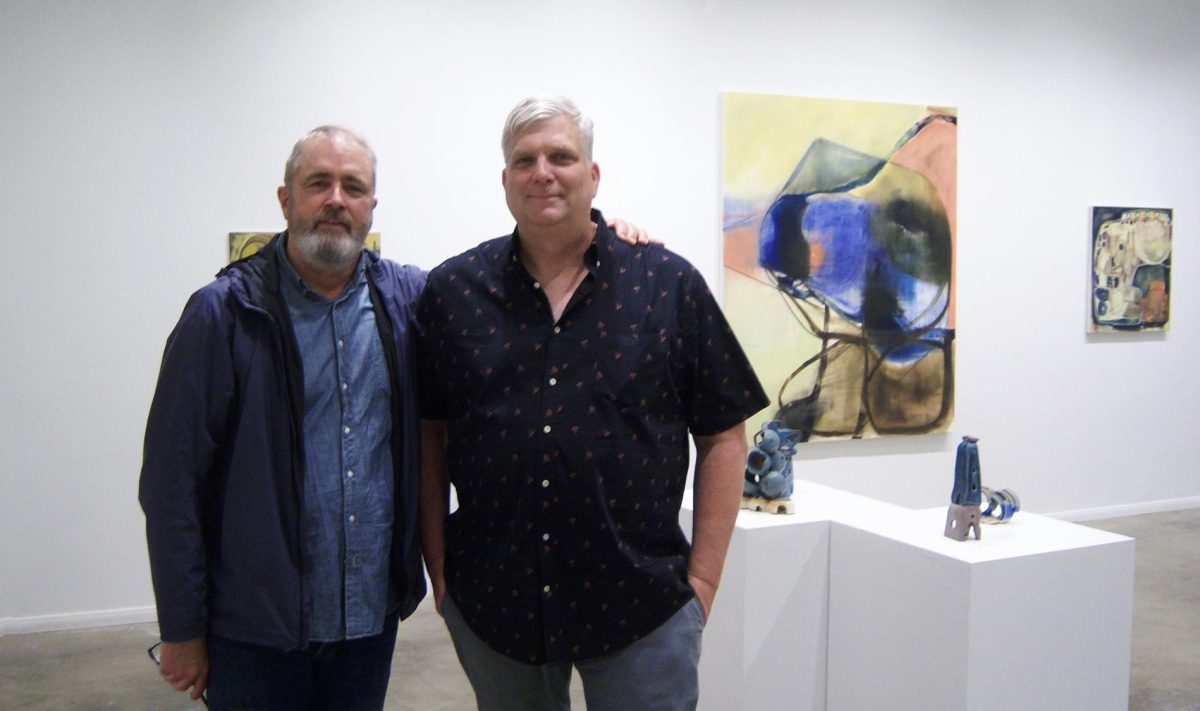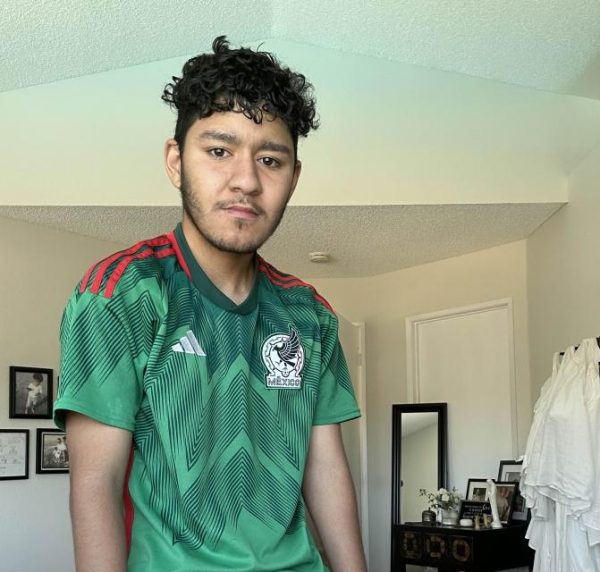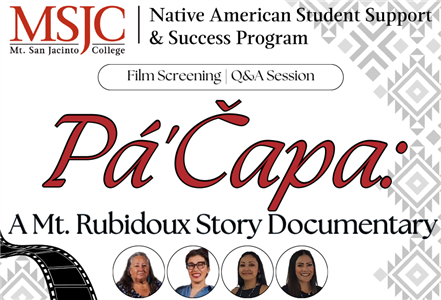
On the evening of September 24th, MSJC’s Native American Student Support and Success Program (NASSSP) hosted a Native film screening on the San Jacinto Campus. An all-Native women group created the impactful film. It highlighted some of the local history from their shared perspective. The film covered Pá čapa. The occasion was talking about Native Americans. They showed this film to spread knowledge about Native Americans, immigrants, and labor. The film took two years to make and has been screening around Southern California for about four months.
One interesting component of the film is it talks about the hill itself. “The dry little hill was to be called by the moist name Pachappa forever, while the real Pachappa was to be renamed Mount Rubidoux in the 1800s.” It is located in Riverside. The hill bears an Indian name meaning “unknown”- except the last two letters of the word from the syllable “pa” (or pah”), which means “water” in the Shoshonean languages that were spoken in the area before the arrival of Europeans.
The name belongs rightly to the larger “high detached hill” or mountain that is now known as Mount Rubidoux, for it was the “hill standing alone in Cañada which is recognized as the boundary of the Señores Yorbas, on the other side of the river. A name change that began in the summer of 1869 and finally resolved in the spring of 1879, with land surveys being accepted by the Commissioner of the General Land Office.

Another component of the film mentions that Native American people were being moved from their homelands to missions. One central theme from the movie was the homelands that Native American tribes have historically inhabited and considered their own.
The film asks, “What does that dissociation from your land base do to a person?” It means that you’re no longer eating traditional foods. This means that all activities between and within different tribal communities are not thriving. Because you start entering survival mode, imagine what this does to your different forms of leadership within tribal communities and with their clan system when you have this form of violence and leadership that’s being imposed on people.
The entire history of Spanish mission history for California Native people has been devastating. The missions tended to engage with Native people in terms of labor. Engaging in community-based initiatives focused on health and wellness and utilizing storytelling and art to share their experience; however, it’s crucial to remember that each tribe has its own unique ways of engaging and that respectful communication and understanding of their diverse cultures are essential when interacting with Native communities.

Amidst the sweeping changes of the late 19th century into the early 20th century, settlers sought a ready workforce and turned people residing at the base of Pá čapa.
“They” exploited their presence through inequitable arrangements for cheap labor. Initially, residents of Spring Rancheria comprised the primary labor force before the influx of Chinese immigrants. Native men found themselves employed as much as ranch hands or expanding citrus plantations, which would eventually fuel the area’s citrus industry. This included engaging people in manual labor such as adobe construction and fruit picking. Concurrently, the children of these families attended Sherman Institute.
To wrap things up, the film was about Native Americans and centers on the settler colonial history of this particular hill. Overall, this documentary seeks to present the voices of cultural bearers to highlight how this is a sacred Native place.




